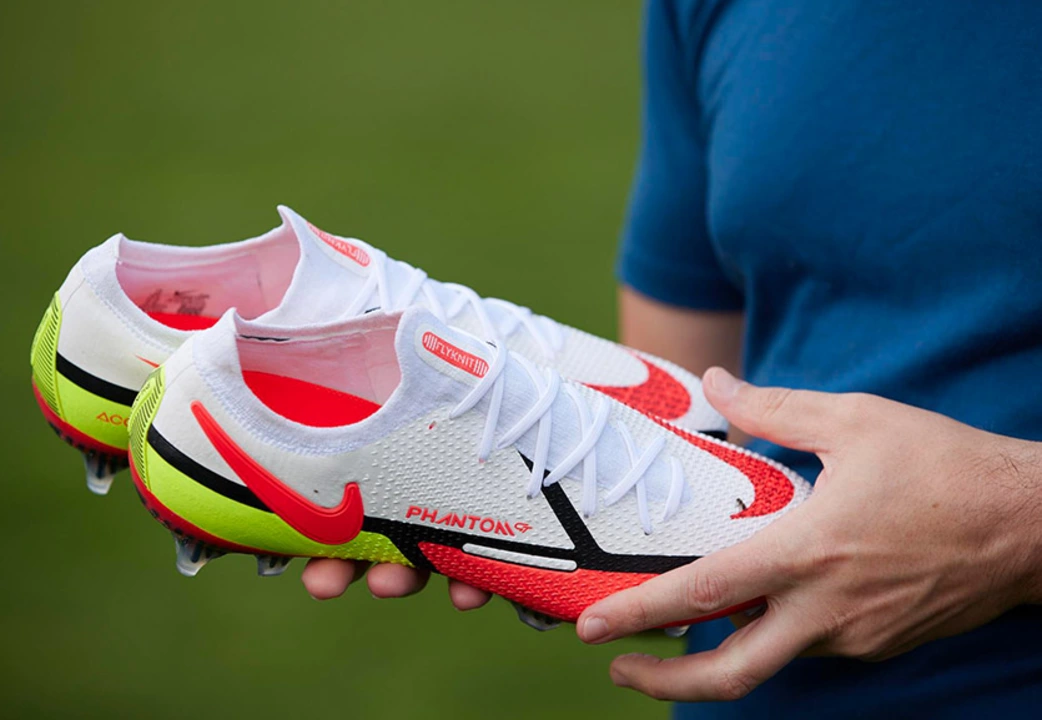Soccer Gear Essentials: What Every Player Needs
If you’re serious about soccer, the right gear makes a huge difference. It’s not just about looking sharp—good equipment helps you play faster, stay safer, and feel more confident on the pitch. Below you’ll find practical tips that cut through the hype and get straight to what works.
Footwear: Choosing the Right Boots
Boots are the foundation of your game. First, think about the surface you play on most often. Firm ground (FG) studs work for dry grass, while soft‑ground (SG) spikes are better for wet, muddy fields. If you switch between turf and grass, a multi‑ground (MG) pair offers a safe middle ground.
Fit matters just as much as the stud type. Your boot should hug your foot without squeezing. Wear the socks you normally use in training, lace them up, and make sure there’s a thumb’s width of space at the toe. A snug heel prevents slipping, which reduces the risk of ankle twists.
Materials have evolved a lot. Modern synthetic uppers are lightweight and water‑resistant, while traditional leather still offers a great feel once broken in. If you value durability, go for a boot with reinforced toe caps and a sturdy outsole. Test a few pairs in your local shop—most stores let you try them on for a short run.
Training Equipment: Boost Your Skills
Beyond boots, the right training gear can shave minutes off your drills and help prevent injuries. A good-quality soccer ball is essential—look for a size 5 ball with a stitched or thermally bonded cover for consistent bounce. For indoor practice, a futsal ball (size 4, low bounce) lets you work on close‑control skills.
Cones and markers are cheap but powerful. Set them up for dribbling circuits, agility ladders, or tight‑space passing drills. A portable agility ladder costs under £15 and can be placed on grass or pavement for quick foot‑speed work.
Resistance bands and ankle weights add extra load to strength sessions without cluttering your garage. Use them for hip‑strengthening moves, sprint starts, or leg‑extension exercises. Pair them with a sturdy pull‑up bar to round out upper‑body conditioning, which supports better balance while you defend.
Finally, protect yourself with the basics: shin guards and a reliable water bottle. Choose shin guards that cover the entire shin and stay snug with straps or sleeves. Hydration is non‑negotiable—replace lost fluids every 20 minutes during intense sessions.
When you shop for gear, keep a checklist: surface, fit, durability, and price. Don’t fall for flashy logos that add cost without performance benefit. Read a few user reviews, compare specs, and trust your own feel.
With the right boots, ball, and training accessories, you’ll notice quicker footwork, stronger shots, and fewer niggles after games. Gear isn’t a magic fix, but it gives you the tools to train smarter and play harder. Ready to upgrade? Start with one piece at a time and watch your game improve day by day.
What are the best soccer cleats for defenders?
In my search for the best soccer cleats for defenders, I've found that comfort, support, and durability are key factors to consider. Some top choices include the Adidas Predator, Nike Tiempo Legend, and Puma Future. These cleats offer excellent traction on various surfaces, allowing defenders to change direction quickly and efficiently. Additionally, they provide the necessary support and stability for long-lasting performance. Ultimately, the best cleats for defenders will depend on personal preferences, but these options are a great starting point for achieving success on the field.
